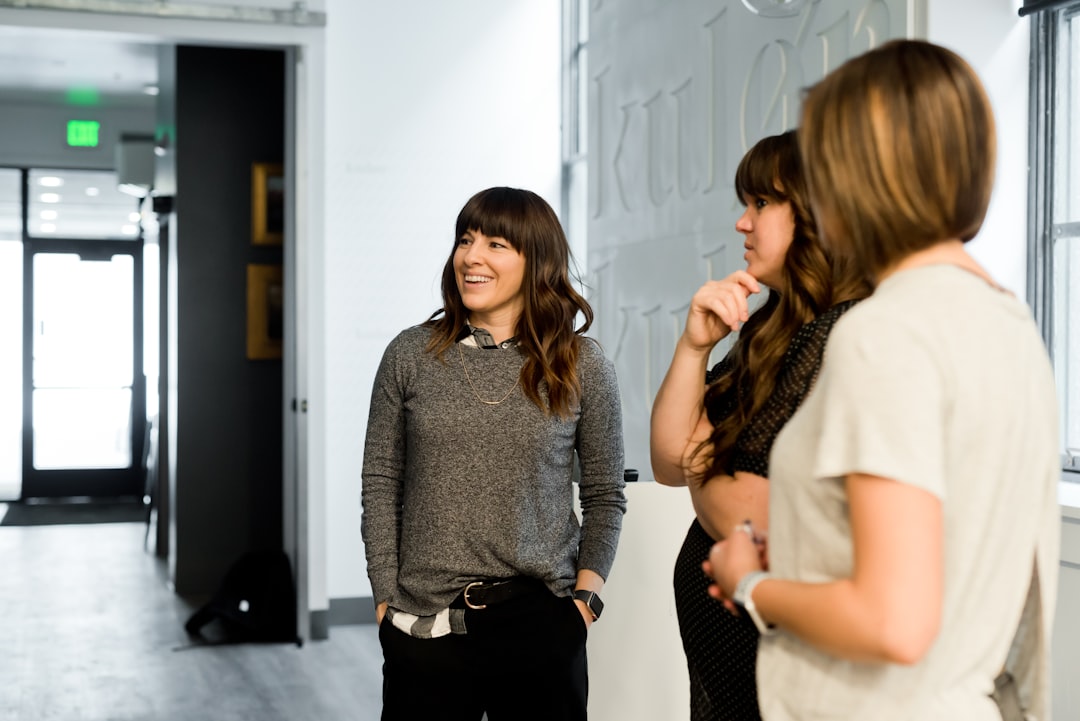What is it about?
Usual cross-validation (CV) techniques end up to an overly optimistic performance estimates, since they do not properly take into account the effect of the spatial auto-correlation. The typical subset triplets train-validate-test have to be restricted spatially so that the predictions are always located within a certain minimum distance from any known data. The resulting performance measure is more realistic (and more pessimistic) than traditional estimates. The performance value is a function of the distance (gap between the "known" and predicted locations) and the function shape divides the phenomena to be predicted to 3 different categories: 1) globally predictable (e.g. ground height and the annual average athmospheric pressure) 2) locally predictable (the predictions possible over limited distances into an unknown zone, e.g. 2 km). 3) extrapolation (the prediction depends only on the distance) By prediction we mean the classical machine learning problem, where global features (p X _) and some local measurements (p0 X0 y0), p0 subset p have been given, and the problem is to predict (p X y). By extrapolation we mean the classical problem, where (p0 _ y0), p0 subset p, has been given, and (p _ y) has to be estimated.
Featured Image
Why is it important?
Basic message is: please do CV correctly with the spatial problems. This is the first attempt to have a systematic categorization on which problems one can attempt to predict, and which one should simply extrapolate at the proximity of the measurements.
Perspectives
The problem of uncertainty minimization and such information measures as entropy related to the sampling optimization have been left out. Some further research have to be done to properly frame the CV and the sampling theory.
Mr Paavo Nevalainen
Read the Original
This page is a summary of: Estimating the prediction performance of spatial models via spatial k-fold cross validation, International Journal of Geographical Information Science, July 2017, Taylor & Francis,
DOI: 10.1080/13658816.2017.1346255.
You can read the full text:
Contributors
The following have contributed to this page










